Customer Empowerment – What is it, Why is it Important, and How to Achieve it

Table of contents
We’re living in the “age of the customer.” So it’s natural that the concept of customer experience is top-of-mind for every company.
For years, customer service experts have called upon companies to empower their employees and leverage the latest technology to create top-notch customer experiences.
We’re now past that stage. Today’s customers aren’t the same as they were years ago. They now have access to a plethora of information, thanks to the easy access and availability of the internet, that the previous generations did not. They now approach buying decisions by factoring in information from multiple sources, including data from company websites, review sites, user reviews, and of course, social media.
Customers today, in almost all cases, are far better informed than what an average salesperson could ever be. They also have a much wider variety of product options to choose from.
There has clearly been a power shift in favor of the customers. Today, customers have a say in what the product should be, and how a company should work.
This shift in power is called customer empowerment. It’s a natural progression in the evolution of customer experience. To achieve their business objectives, companies today need to transition their focus to empowering customers. In simpler terms, businesses need to be allies and not hard-sell to customers.
But, how can they do that?
Before we look at how businesses can empower their customers, let’s deep dive into what customer empowerment is and the impact of empowering customers.
Table of Contents
- What is customer empowerment, and why is it important?
- How can you achieve customer empowerment
- Wrapping up
What is customer empowerment, and why is it important?
Customer empowerment is when you give your customers the information and the tools that they need to make a decision. By giving them resources and options, you’re providing them with a much better buying experience and allowing them to determine the kind of experience they’d want to have with your brand.
While this might seem counterintuitive at first, what you’re actually doing is that you are creating a base of loyal customers among a host of other added benefits.
How, you might ask? And why is it important? Let’s take a look at two examples to understand how customer empowerment has helped brands. These examples also answer why it is important to empower your customers.
How customer empowerment can help a brand grow – Xiaomi and the Mi Fans
A classic example of this is Xiaomi Inc., and how it has created a loyal base of customers through its community of loyalists known as the “Mi Fans.” In less than a decade since its inception, Beijing-based Xiaomi Inc. has become a global disruptor in the smartphone industry.

One reason for this is, of course, their low-pricing and widespread distribution strategy.
The other reason is cultivating user pride through user-centered and open innovation by roping in their most enthusiastic customers. Xiaomi actively involves “Mi Fans” in both software and hardware development processes.
For instance, in August 2010, Xiaomi rolled out their first version of MIUI—a smartphone user interface built on top of the Android operating system. They set up an internet forum to communicate with a group of tech-savvy users. In the first week, they got 100 users to test out the newly launched MIUI. Based on their inputs, Xiaomi began releasing improved versions of the interface every week.
By involving their customers, they were able to collect authentic, actionable feedback that helped them cut down development time and costs. This enabled the company to cultivate a sense of participation and pride among tech-savvy lead users. They, in turn, spread the word to other users and generate enthusiasm about Xiaomi products.
This fledgling online community which started with 100 users in 2010, and grew to 10 million users in 2014, now has over sixty million users. At least 100,000 customers participate in daily discussions on hardware and software improvements in Xiaomi products through over 250,000 threads.
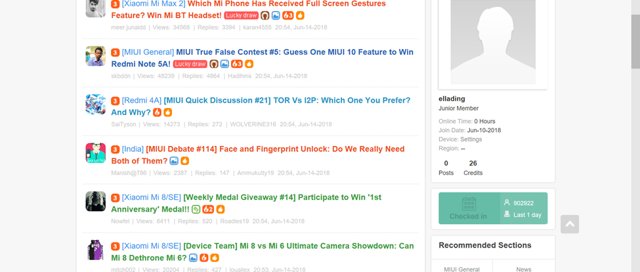
Now let’s look at another case study to see how customer empowerment can prevent customer churn.
How customer empowerment can prevent customer churn – Kajabi Heroes
When your customers experience success with your product, you can cultivate customer empowerment by celebrating that success. If you can successfully highlight the impact that your product is creating and illustrate how your product has helped them achieve their goals, you deepen the emotional connection between your customer and your product. These deep bonds go a long way in preventing customer churn.
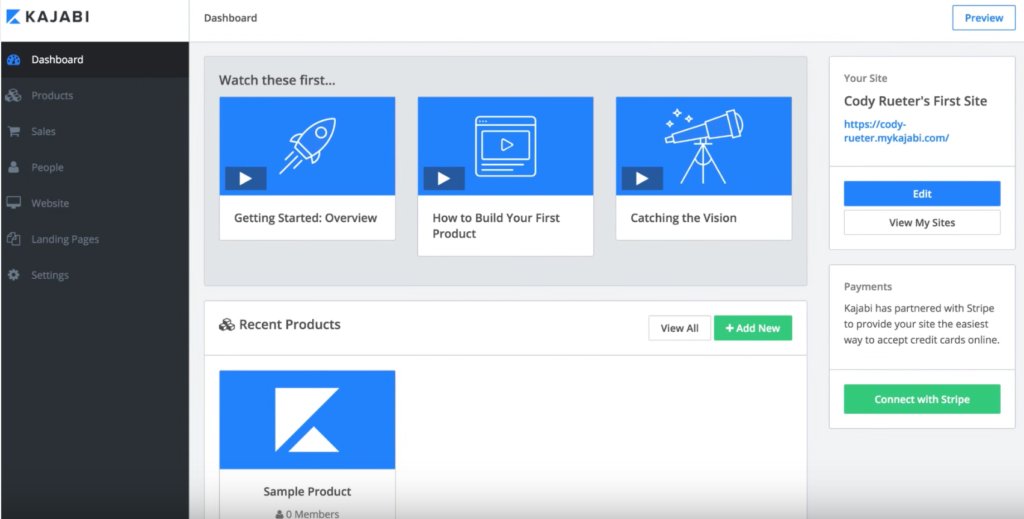
Kajabi – a software that helps content creators build and sell online courses, celebrates its customers with an online campaign called Kajabi Heroes.
Kajabi highlights their customers’ success stories through blog posts, complete with audio interviews and video case studies. These success stories include their customers achieving revenue milestones, subscriber milestones, and successfully rolling out new courses with the Kajabi platform.

By publicly elevating customers to “Heroes”, Kajabi is generating an immense amount of social proof for itself, making it easier to acquire new customers; the critical bit here is that it deepens the emotional bond with the brand.
And a customer who has been publicly celebrated and has an emotional bond with your brand is less likely to churn.
In a nutshell, why is customer empowerment important?
Customer empowerment is important because it can help you:
That said, let’s jump into how brands can empower their customers.
How can you achieve customer empowerment
1. Use reviews, ratings, and testimonials to your benefit
One of the most common ways brands can empower their customers is through reviews, ratings, and testimonials. For example, on Amazon, the entire customer experience is built on the system of reviews and star ratings.
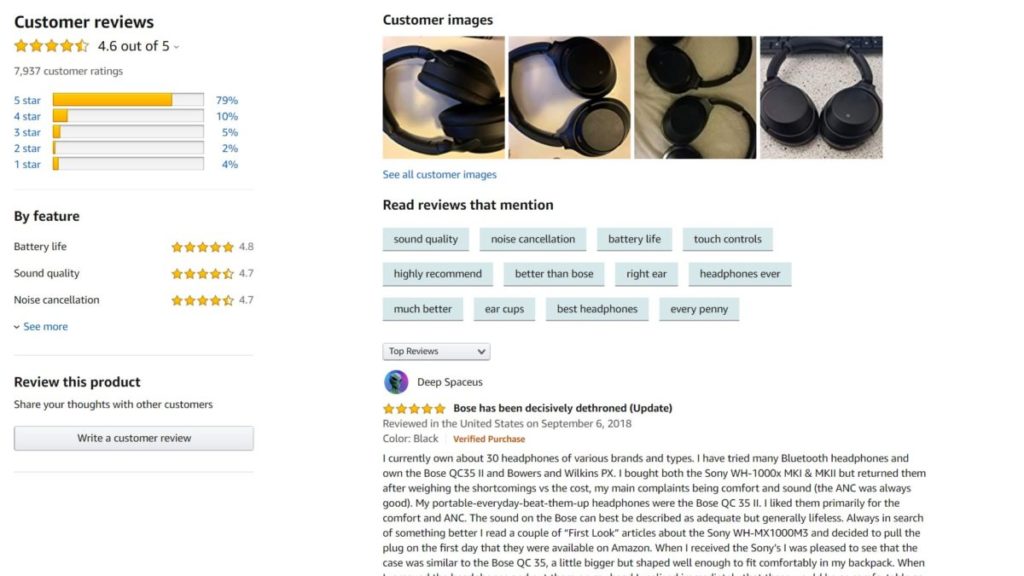
Customers almost always choose products on Amazon based on their reviews and ratings. If a product has a low rating or a negative review, the customer can simply move on to a better-rated product.
Similarly, if customers are looking for restaurants, salons, clinics, or practically any other service, there’s a good chance that they’d resort to Yelp or Google Reviews, Hence it is necessary to make reviews a part of your restaurant marketing plan.
And if customers are looking for B2B purchases, there are review platforms like Capterra, TrustRadius, and G2.

Review platforms give customers the power because they are unbiased platforms with actual user reviews. While positive reviews can help you gain more visibility, negative reviews can be equally hurtful.
While most platforms do not allow reviews to be deleted or modified, they give the brand an option to respond to reviews. So thanking the customer for a positive review or engaging with a customer in case of a negative review can go a long way in showing that you genuinely care about them.
2. Collect customer feedback
One way through which you can proactively empower customers is by collecting feedback. You can periodically send customers surveys asking them to share their experiences with the product – both positive and negative. You can use tools like NPS (Net Promoter Score),CSAT (Customer Satisfaction Score),and CES (Customer Effort Score) to see how satisfied customers are with your product/brand and how likely they would recommend you to a peer.
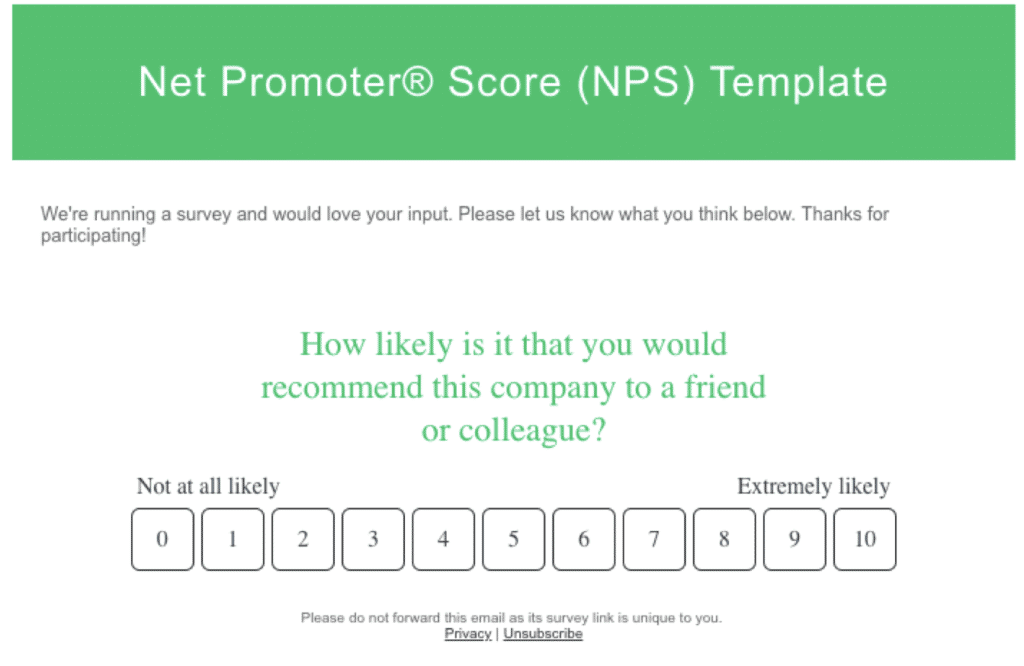
For positive feedback, you can always engage further with the customers asking them to provide reviews on a platform like G2 or even a testimonial/case study for your website.
And in case of negative feedback, you can engage with customers further to understand why their experience was less than satisfactory, try and solve their issues and attempt to prevent customer churn.
3. Provide customers with self-service options
Self-service tools give customers an option to troubleshoot issues with products/services on their own. They can search for help articles, tutorial videos, etc., to resolve issues on their own, without having to log a support request or interact with anyone from your team.
In more straightforward queries, this is a win-win situation because it helps the customers find what they’re looking for faster. It also helps reduce the load on the customer service team, allowing them to focus on more severe issues.
One of the most common examples of a self-help tool is the knowledge base. Knowledge bases contain articles, pictures, and videos that describe how to troubleshoot simple problems. Use free screen recording software to create explainer videos for your knowledge base.
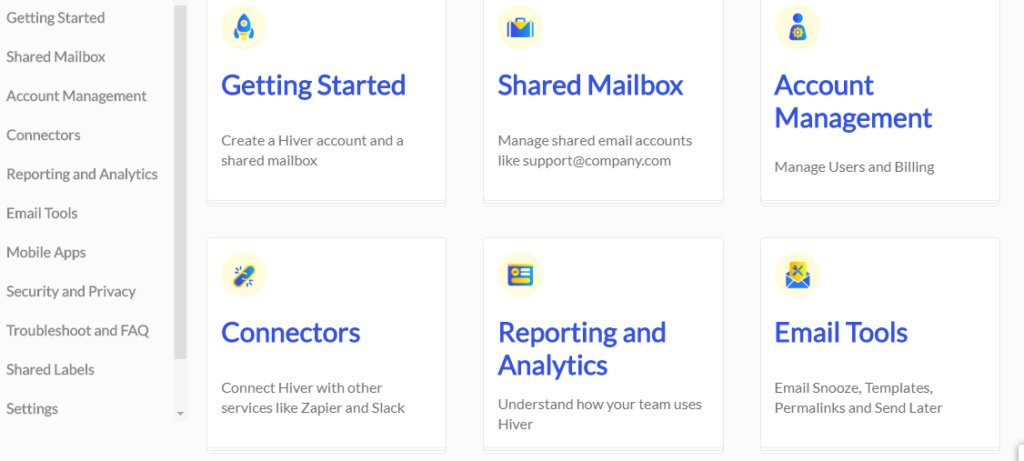
Another example of a self-help tool to empower customers is online forums. We’ve already seen how forums have helped Xiaomi engage with customers, and another example is that of Microsoft. To make the experience smooth, it has separate community forums for each product category, where customers can start a discussion, ask questions and find answers.
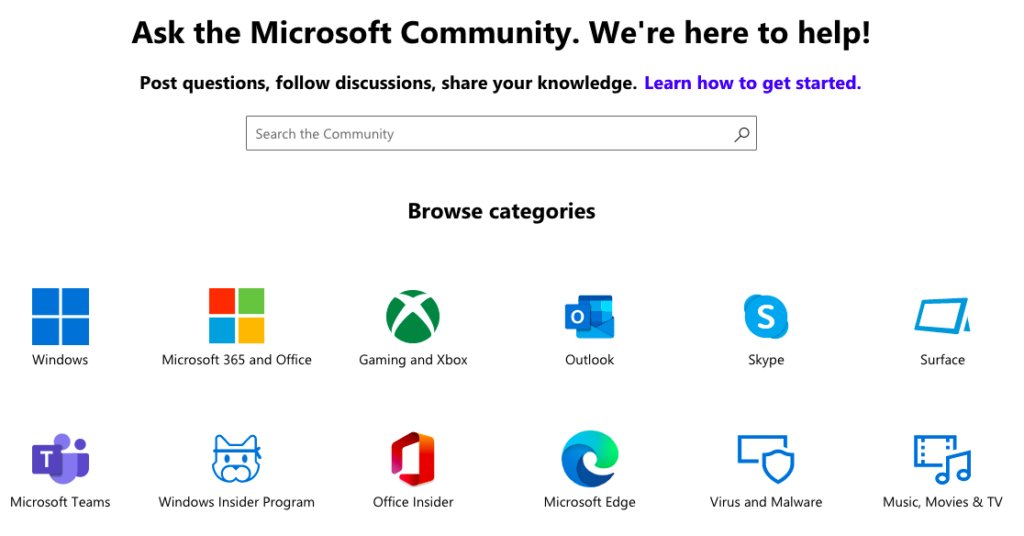
With the help of online forums, brands can help users connect with other users to discuss and troubleshoot problems, voice their opinions, create sub-communities, and informally engage with stakeholders, like product managers, from companies.
4. Improve your customer onboarding
Customer onboarding is the set of all activities involved in introducing a new customer to your product/service, increasing your likelihood of product adoption, and helping them achieve success.
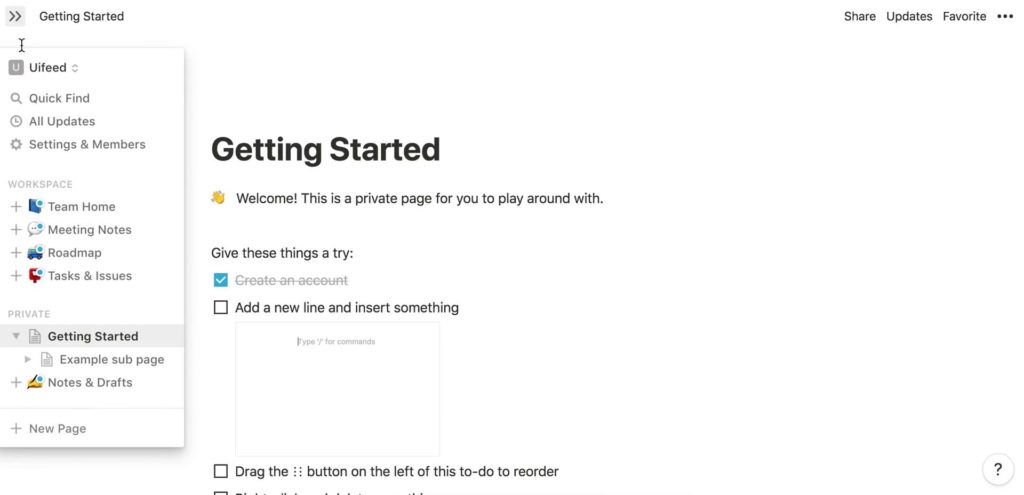
It’s a powerful customer empowerment tool because it helps customers learn to use the product effectively. If your product (like most SaaS products) relies on the user to set up and use the product by themselves, then the onboarding process can be the deciding factor in the success of your product.
Poor customer onboarding will instantly lead to frustrated customers hitting roadblocks and, finally, customer churn. If executed well, the onboarding process can help you win over customers, at least in the initial stages.
5. Use social media to reach your customers
In recent times, social media management has been one of the biggest drivers of customer empowerment. With social media, customers can easily create, exchange, and comment on information that everyone across the world can see. The fact that almost every brand today has a social media presence, and leverages it to engage with customers, is an example of how brands drive customer empowerment.
This is particularly true of D2C (Direct-to-consumer) brands. D2C brands, a relatively new phenomenon, rely almost exclusively on social channels for growth. For D2C brands, social media provide a path to differentiation and help keep costs in check, unlike larger, more established B2C brands that rely on physical retail and e-commerce partnerships.

For instance, this survey by Yopto on the ‘State of D2C Marketing’ states that 61% of D2C brands use social media as their top customer acquisition channel. And this is only a natural extension of the fact that the average internet user spends 2.5 hours a day on social media.
So for a brand, it makes sense to engage with your customers on the platform of their choice, i.e., social media. Leveraging platforms like Instagram can be one of the ways to get your brand noticed. Initially, get some followers from credible sources to help you widen your reach.
6. Collect feedback from customer advisory boards
And finally, we take a look at the customer advisory board. A customer advisory board (CAB) is the best way to get insights to truly understand customers and find ways to improve your product.
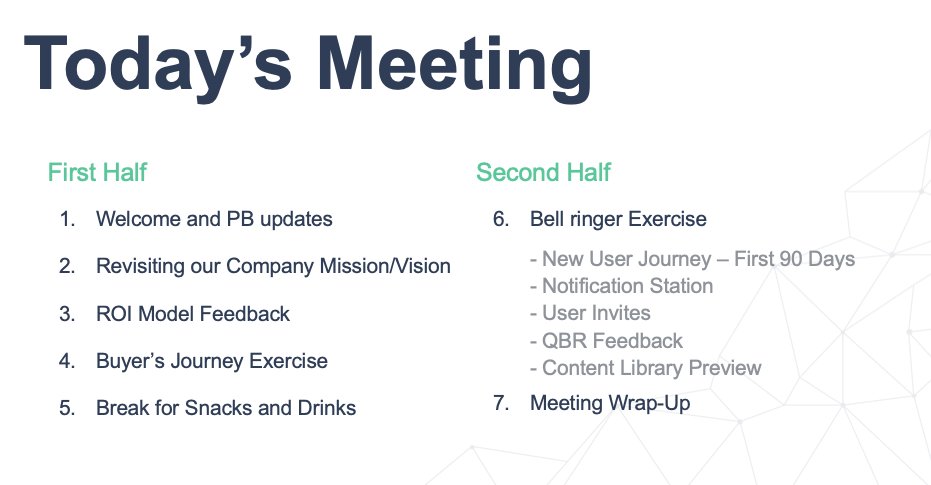
CABs are typically facilitated by the company. The attendees usually include high-value customers, product managers, and mid-senior leadership of the company. CAB members are encouraged to provide honest feedback about the product/service, talk about the improvements they’d like to see, and help the company understand how they use the product/service within their organizations.
These high-value customers may also be used for alpha or beta testing certain products or product features and are also given the opportunity to provide their feedback on the proposed product roadmap.
CABs are typically to deepen mutual relationships between companies and their customers, so it is essential to ensure that there is no selling that happens during a CAB meeting.
According to Hiver’s research, 41% of companies rely on customer surveys to get customer feedback, while only 21% of companies collect feedback from customer advisory boards. Even though customer surveys are great, a CAB allows you to get honest, authentic, and actionable feedback right from the horse’s mouth. And that is the ultimate weapon in your customer empowerment toolbox.
Wrapping up
The most important aspect of customer empowerment is the willingness shown by a business to evolve with changing needs of the customer. While this may sound obvious, this is something that is often overlooked in our fast-paced digital world.
Customer feedback is the best source for a business to understand shifts in customer tastes and behavior. Proactively collecting feedback, responding to it, and acting on it is the ultimate way to empower your customers and give them the best customer experience.
So while you can incorporate a host of different strategies to empower your customers, always remember to keep customer feedback at the heart of everything you do.

































